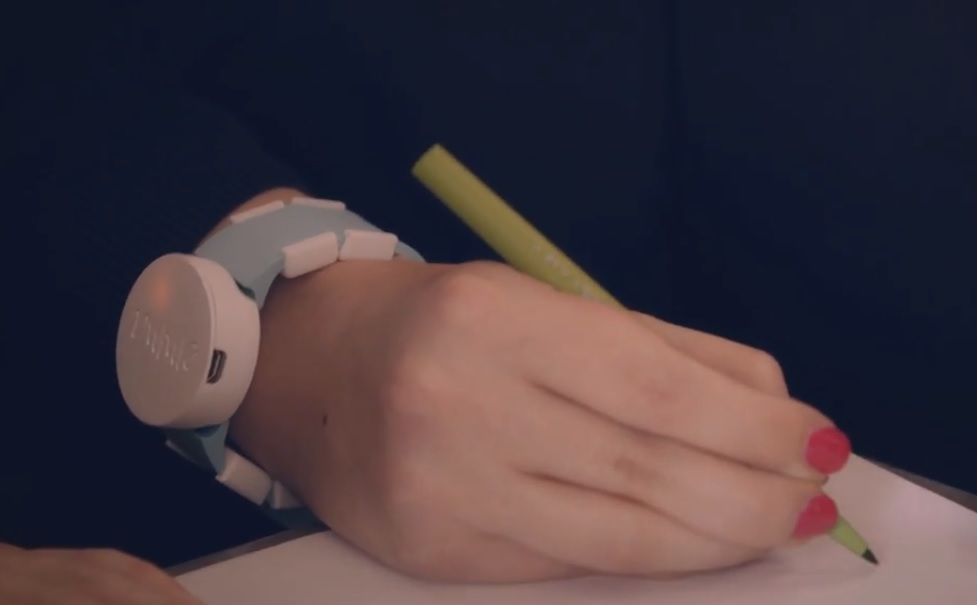Microsoft researcher creates wearable which smooths handwriting in Parkinson's Disease (video)
2 min. read
Published on
Read our disclosure page to find out how can you help MSPoweruser sustain the editorial team Read more

Haiyan Zhang, Innovation Director at Microsoft Research Cambridge, has taken part in the BBC’s The Big Life Fix challenge which asks young technologists to use their skills to help others.
Her task was to find a way to help 29-year-old Emma Lawton, who is a graphics designer, to improve her writing and drawing skills after this was negatively impacted by her Parkinson’s Disease diagnosed three years ago.
Over that period the tremor in her hands has grown more pronounced stopping her from writing and drawing straight lines, with Emma saying ‘It was getting to the point where I was starting to worry about my future in this industry. I’m quite a resilient person, I will find a way, but I thought it was something I’d never be able to do again.’
Haiyan Zhang, an interaction designer and technologist who in the past created cutlery for disabled people, eventually created a bespoke watch-like device to help Emma’s ability to draw and write by producing small vibrations.
Haiyan dubbed the gadget the Emma. It works by deliberately shaking the user’s arm and it thereby interrupts the feedback loops which cause the movement issues with Parkinson’s, letting users write and draw with a precision that would otherwise be impossible.
Emma has been using the device day in, day out, for months and says she’s thrilled by what it’s done for her.
‘I have no idea how it works, but it makes my writing legible [rather than] illegible. The sketches are something I would show a client. It’s still a little bit shaky, it’s never going to be a perfect straight line, but it’s better,’ she said. ‘It makes me excited about the fact my future back in my control, it’s back in my hands.
Haiyan has no plans to commercialize the technology, but hopes other researchers will take on the project and run with it. “I think it warrants more trials,” she noted. “It definitely works for Emma. I’m amazed how well it works for her.”
See the development of the device in an excerpt from The Big Life Fix below.









User forum
0 messages